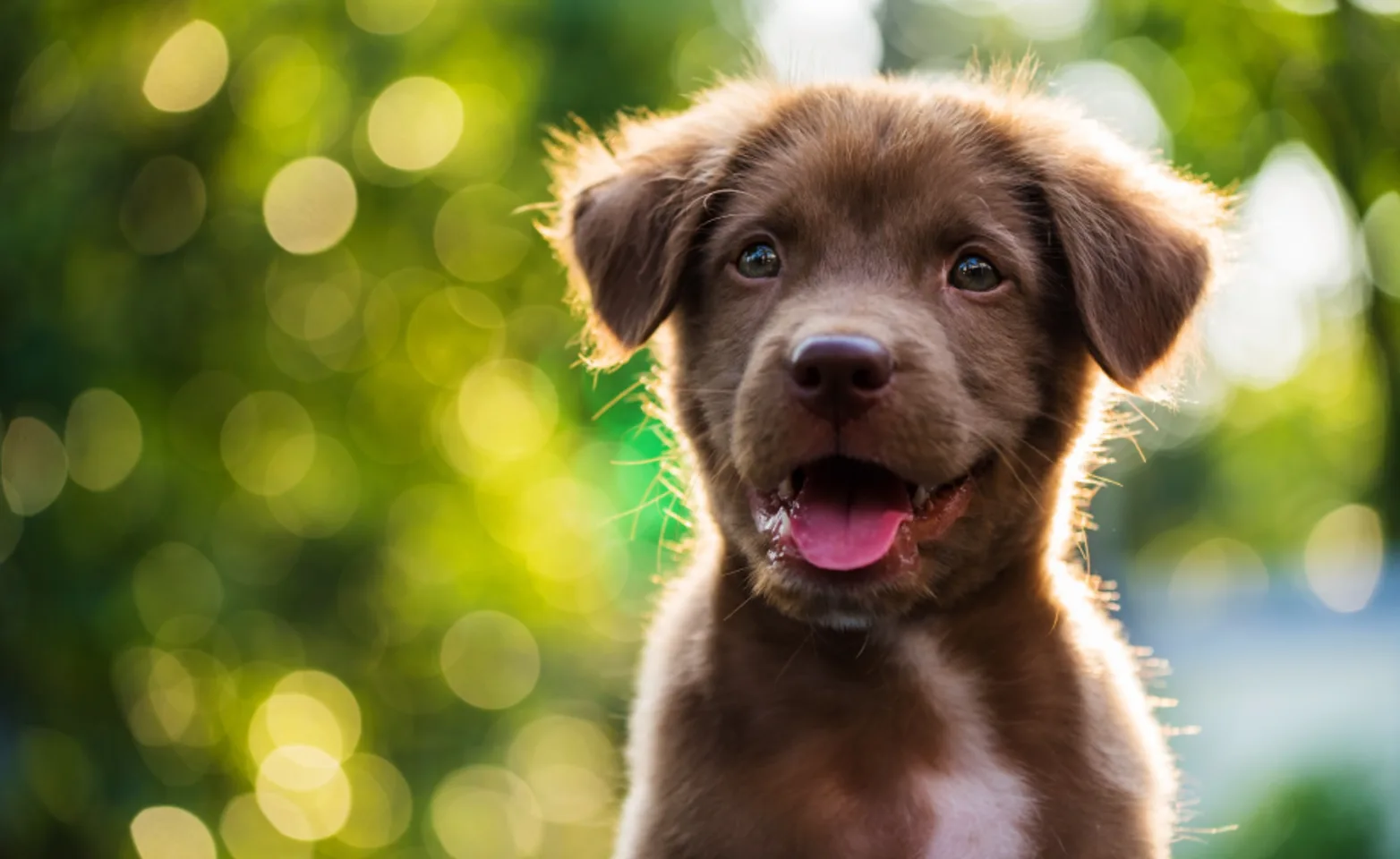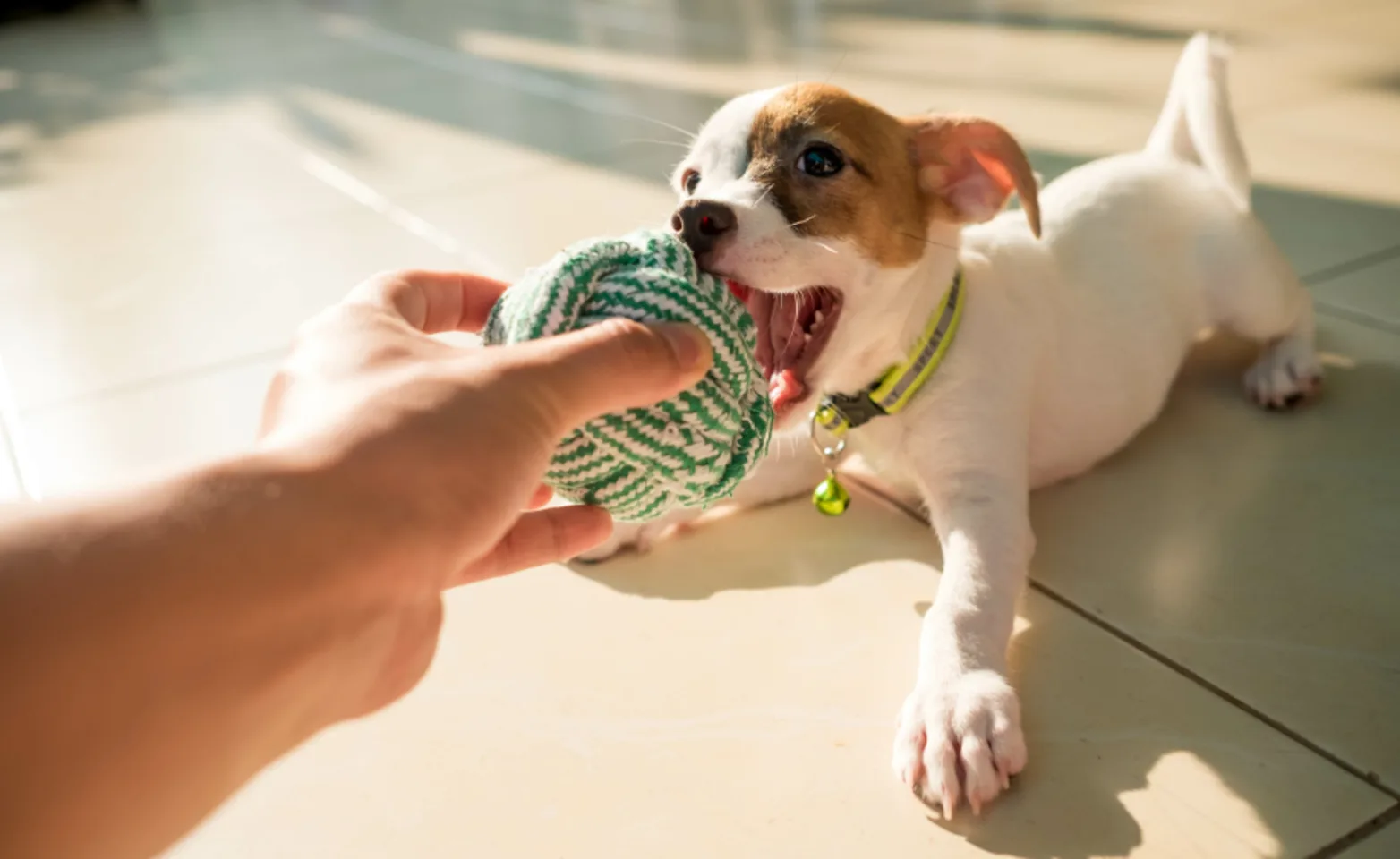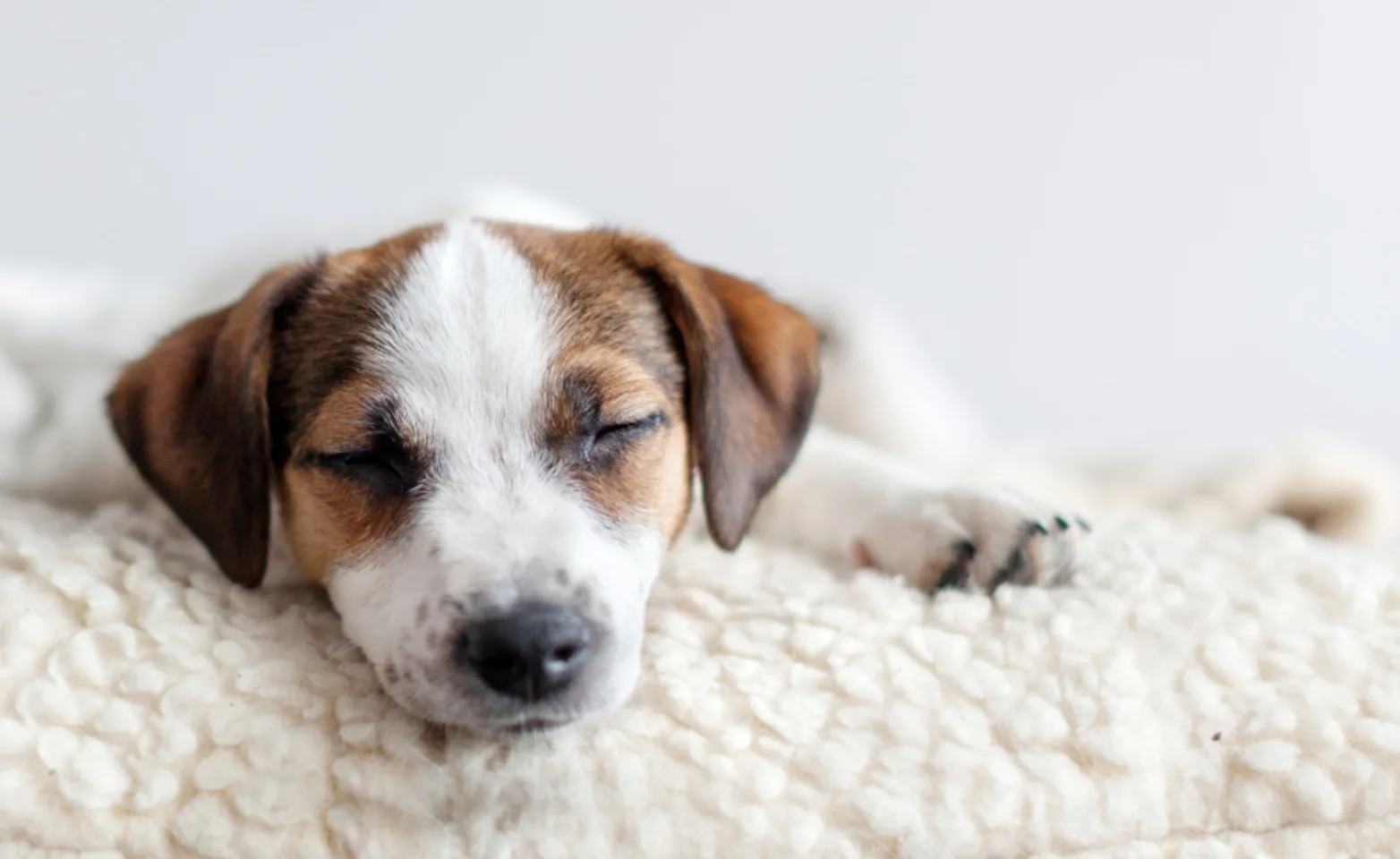The Paw Patch Place

Puppy Training

Congratulations on welcoming your puppy into your family!
This is a very exciting time for you and your puppy, but also an important learning period in your puppy’s life.
By rewarding behavior you like and redirecting behavior you don’t from the very beginning, you can prevent problems later on, not to mention form a strong bond with your new puppy. Training at home needs to begin the first day your puppy arrives home and they can start puppy classes 10 days after they’ve been in your home/after their first veterinary visit! The sooner your puppy is taught correct behavior and manners, the easier it will be for you and your family, as well as your dog.
Puppies aren’t born knowing right from wrong but they do want to please you! Never use punishment when training your puppy! Your puppy will know you’re mad but not why which will leave them confused and anxious and can’t even make problem behaviors worse!

Chewing/Biting
● Puppies interact with their littermates through play and biting and often take some redirecting to learn that we don’t enjoy the same behavior! To teach your puppy not to bite you, calmly replace your arm/foot/fingers with a toy they can chew on. Avoid yelling or drawing attention to the behavior as it often gets puppies excited. Just a quick swap with a toy, being consistent, they will eventually catch on.
● If your puppy is chewing on something in the house, follow the same advice. Puppies don’t know the difference between your shoes and toys so manage the environment by keeping as much up and away from your puppy as possible to set him up for success then when he does get a hold of undesirable things, swap them for what he can have.

Jumping up for Greetings
● Never give puppy attention while they’re jumping on you as this becomes a much bigger problem later in their life. Create calm when you walk in the door or let puppy out of their crate by being “a tree.” Stand confidently (may need to kneel for smaller puppies). Once your puppy has 4 feet on the floor, then you may pet and praise them. If they jump up, stand up and wait again.
● Once your puppy has learned some cues you should ignore the jumping but redirect it by asking for an alternative behavior like a sit then reinforce your puppy with your attention. If they jump back up, stand back up and wait again. Continue until this alternative behavior becomes their “default”.
● For extra excitable puppies you can scatter a few treats on the ground as you walk in. Foraging a few treats on the ground is incompatible with jumping up so it buys you time.

Pulling on Leash
● Puppy should be walked on a harness and a 6ft leash. Never ever use retractable leashes which are dangerous, pinch, prong, or electric collars that are punishing.
● Drop treats at your side every 5 ft or so to start to make staying with you fun. If your puppy pulls ahead, just stop and wait. If your puppy reengages with you by looking, offer a treat at your side then say, “let’s go!” and start walking again. You can also practice turning around every 10 ft or so to mix up the walk to keep that engagement with you. Remember to give your puppy the opportunity to pull over and sniff when they want to, but avoid letting them drag you. Be patient!
Positive Puppy Raising Tips
Feeding
Ditch the dish-consider feeding your puppy out of a food dispensing toy or puzzle to provide mental exercise and build confidence.
Exercise
● Taking your puppy for a walk every day is a great way to exercise them but the walks should be short and fun. We want to tire your puppy, not build stamina or create an athlete! Allow your puppy to sniff along the way, you may only get 15 ft in 10 minutes but that’s okay! Sniffing is great for socialization and enrichment.
● If your puppy is hesitant to walk, try luring them forward with treats then drop treats on the ground every couple of feet to keep the momentum going. Often puppies are confused by the leash and collar at first so make it a positive experience by not dragging them or forcing them to go toward anything that is frightening.
Potty Training
● Puppies should go outside to potty after they wake up, finish breakfast, finish playing, wake up from a nap, finish dinner, and before bed. Make going outside to potty an enthusiastic and fun affair. When puppy potties outside, provide lots of praise while they’re going and give a congratulatory treat when they are done.
● Ignore any accidents inside that may happen. Just clean them up and take your puppy outside. Try not to be angry or punishing towards them as it will confuse them.
● Manage your puppy’s environment by keeping them near you and not giving them free rein of the house right away. Often they’re less likely to go potty inside in front of you so utilize gates, doors, and leashes to your advantage until they get the hang of it!
Crate Training
● The crate should be a safe space for your puppy to go when you’re away and never used for punishment. To teach puppy that it’s a fun place, consider 1-minute training sessions where you “play” with the crate by throwing a treat in then praising the puppy for going in and allowing them to come back out. Then do it, again and again, 5-10x a session to build the fun.
● Provide a special treat like a rubber KONG toy stuffed with a little kibble and peanut butter that’s been frozen and/or a little quick-to-eat but special jerky-type treat to create a positive association with the crate as a happy place and put the crate in the cozy areas of the house like the living room (not the laundry room).
